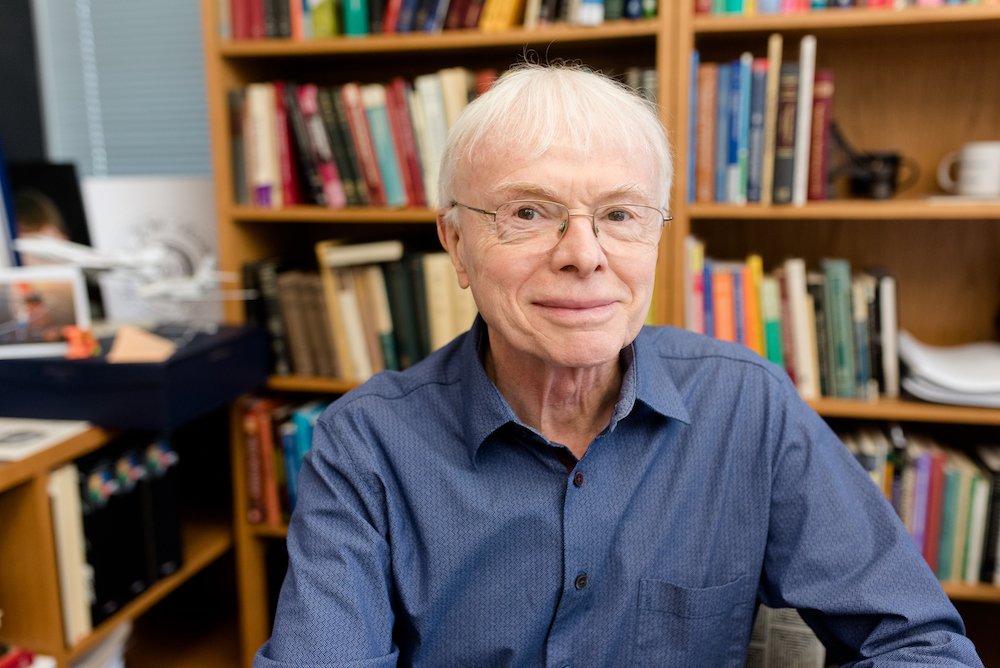Inaugural holder of the John O. Hallquist Chair in Computational Mechanics, Thomas J. R. Hughes is a professor of Aerospace Engineering and Engineering Mechanics and also holds the Peter O’Donnell Jr. Chair in Computational and Applied Mathematics. Hughes has seen first-hand the enormous contributions Hallquist has made both in academia and industry.
“I have known John since 1975,” Hughes said. “We met shortly after I finished my PhD. I had begun my academic career at Berkeley and John had just joined LLNL.
“His productivity was legendary,” Hughes added. “He produced revolutionary working code for numerous problems of engineering, physics and chemistry at lightning speed. His reputation accompanied his productivity - he was on his way to establishing himself as one of the greatest finite element code developers in the world.”
During his time at LLNL, Hallquist produced the finite element codes DYNA2D, DYNA3D, NIKE2D, NIKE3D, the postprocessors ORION and TAURUS, and the mesh generator MAZE.
These were the first computer programs that subsumed and integrated finite element structural analysis technology with the hydrocode technology of the national labs, enormously increasing their applicability to many new problem classes.
In 1987, Hallquist left LLNL to venture out on his own, setting up Livermore Software Technology Corporation (LSTC) that same year. The company set out to commercialize the programs he had developed at LLNL – a strategy that proved hugely successful.
Hallquist’s code is used worldwide to solve a variety of problems - from bioprosthetic heart valve operations to auto crashes and earthquake engineering.
“He was a hands-on CEO, fully knowledgeable and immersed in the technology,” Hughes said. “He also encouraged his team to advance their careers by publishing their research in the open literature without any restrictions, with the confidence that although competitors would copy their work, LSTC would stay well ahead of the pack through innovation, and thereby producing the most efficient and versatile computer technologies for industry.”
The company was privately held for three decades with Hallquist at the helm. In 2019, it was acquired by Ansys for $775 million.
In addition to business success, Hallquist has accrued significant honors, including the Department of Energy Award of Excellence and the ASME Applied Mechanics Award. He is an ASME Fellow, a USCAM Fellow, and was elected to the U.S. National Academy of Engineering in 2007, the highest professional distinction accorded to an engineer. He is also the inventor or co-inventor of 20 issued U.S. patents and numerous foreign patents.
Hallquist has always been a generous financial supporter of professional and academic engineering activities. He has made considerable contributions to the ASME, the U.S. National Academy of Engineering, Western Michigan University, Michigan Technological University and now with his generous donation to the Oden Institute.
“His impact has been enormous as an engineer, entrepreneur and business leader,” said Hughes. “He has an enviable and exemplary career. I am deeply humbled and thankful for the immense honor to be named the inaugural holder of the John O. Hallquist Chair in Computational Mechanics.”

